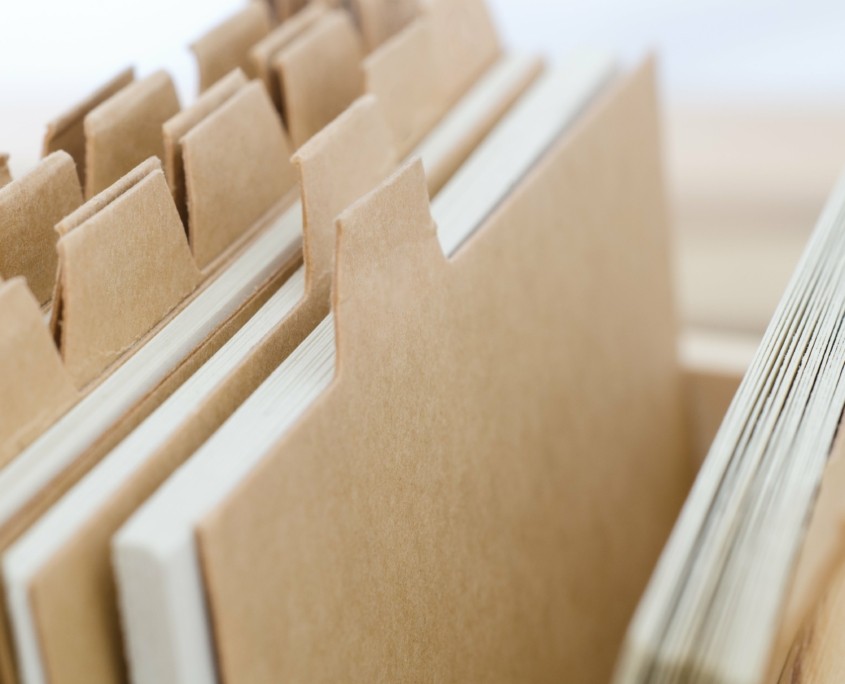FAQs
How many flashcards can I study in a day?
This entirely depends on what you are studying with flashcards. In general, the more complex the information, the fewer flashcards you should study at once. Furthermore, you should start with a small stack and then add new flashcards every day. For example, you start with 20 flashcards that you repeat every day. Then you can add around five cards every day.
How do I make flashcards?
Either you buy flashcards in a stationary shop or you use paper or carton that you have at home and cut it. Format and colour are up to you. Use visual effects to provide a memory support for your brain: highlighting, underlining, etc.
How often do I have to repeat my flashcards?
An estimation is six repetitions; however, the study intervals are more important than the number of repetitions. Repeat your flashcards 20 minutes after first reading them, then after 24 and 48 hours and lastly after 10, 30 and 60 days. Then the information is successfully stored in your long-term memory.





 Discover art and culture in the architectural masterpiece in the heart of Graz! ©Adobe Stock
Discover art and culture in the architectural masterpiece in the heart of Graz! ©Adobe Stock